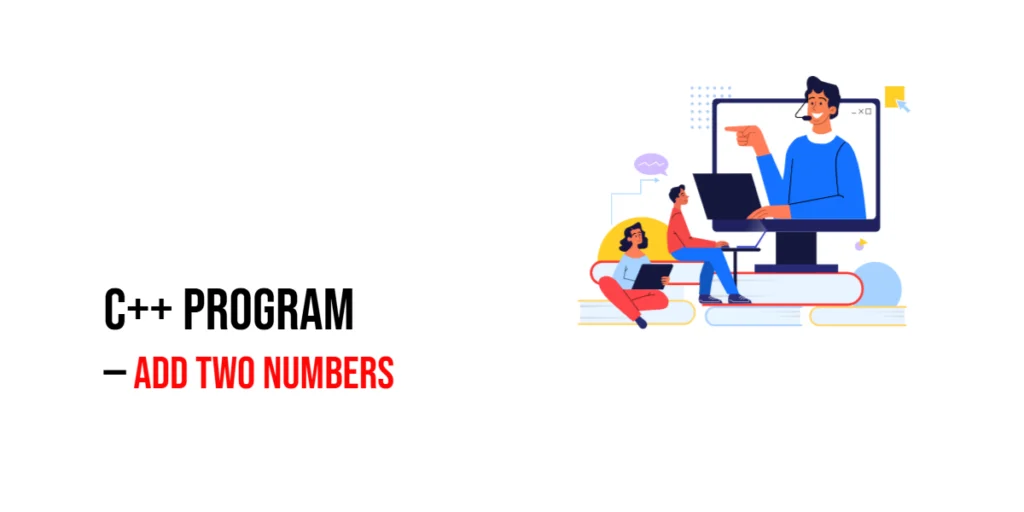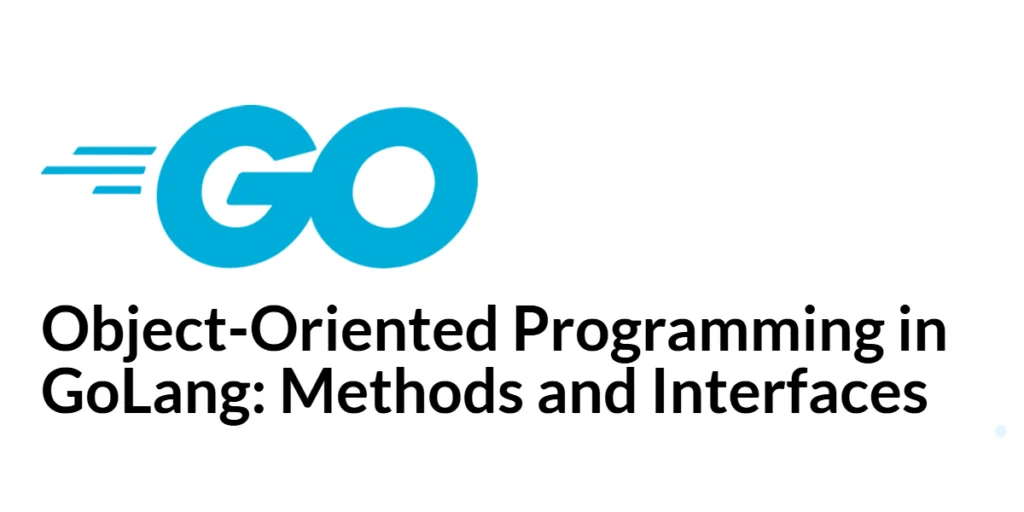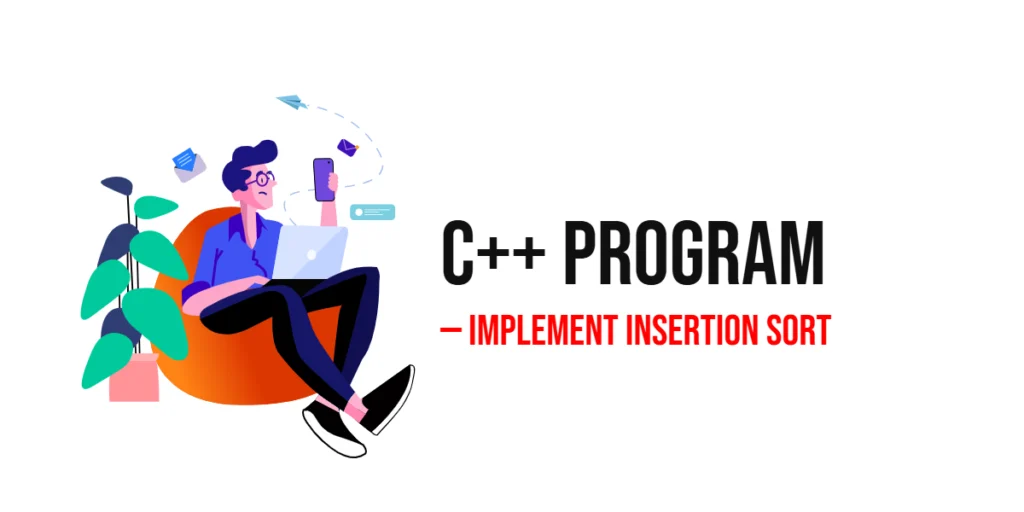Learning C++ can be a lot of fun, and one of the very first things beginners often do is write a program to add two numbers. It may sound simple, but this small task teaches some of the most important programming skills, like handling input and output, performing arithmetic, and working with variables. Adding numbers is used everywhere—from calculators to larger software applications—so it’s a perfect starting point for anyone new to C++.

with hands-on learning.
get the skills and confidence to land your next move.
Program 1: Add Two Numbers Entered by the User
This program allows the user to enter two numbers, and it displays their sum. It’s a great way to learn how to take input and display output in C++.
#include <iostream>
using namespace std;
int main() {
int num1, num2, sum;
cout << "Enter first number: " << endl;
cin >> num1;
cout << "Enter second number: " << endl;
cin >> num2;
sum = num1 + num2;
cout << "The sum of " << num1 << " and " << num2 << " is " << sum << endl;
return 0;
}In this program, we first ask the user to type in two numbers. These numbers are stored in num1 and num2, and then we calculate the sum and display it. This approach is useful because it teaches how to interact with the user and perform arithmetic operations in a straightforward way. Beginners can try modifying it by adding more operations or changing variable names to better understand how C++ works.
Program 2: Add Two Numbers Using a Function
This program demonstrates how to use a function to add two numbers. Functions help organize code and make it reusable.
#include <iostream>
using namespace std;
int addNumbers(int a, int b) {
return a + b;
}
int main() {
int num1, num2;
cout << "Enter first number: " << endl;
cin >> num1;
cout << "Enter second number: " << endl;
cin >> num2;
int sum = addNumbers(num1, num2);
cout << "The sum of " << num1 << " and " << num2 << " is " << sum << endl;
return 0;
}Here, the addition is handled inside the addNumbers function. This makes the program cleaner and shows beginners how to break code into smaller, reusable pieces. By learning to use functions early, beginners can write larger programs more efficiently, which is a key skill in C++.
Program 3: Add Two Decimal Numbers
This program allows the addition of floating-point numbers, useful if you want to work with decimals rather than only whole numbers.
#include <iostream>
using namespace std;
int main() {
double num1, num2, sum;
cout << "Enter first number: " << endl;
cin >> num1;
cout << "Enter second number: " << endl;
cin >> num2;
sum = num1 + num2;
cout << "The sum of " << num1 << " and " << num2 << " is " << sum << endl;
return 0;
}This program works just like the first one, but it uses double variables. Beginners can see how changing the data type allows the program to handle decimals, which is very practical in real-world applications where precision matters.
Program 4: Add Two Numbers Without User Input
Sometimes, you want to add numbers that are already known. This program shows how to do that without asking the user to type anything.
#include <iostream>
using namespace std;
int main() {
int num1 = 10;
int num2 = 25;
int sum = num1 + num2;
cout << "The sum of " << num1 << " and " << num2 << " is " << sum << endl;
return 0;
}Here, num1 and num2 are defined directly in the code. The program calculates the sum and prints it immediately. This is helpful for beginners to focus only on arithmetic operations without worrying about input, making it a simple way to practice variable assignments and addition.
Program 5: Add Numbers Directly Without Variables
This program adds two numbers directly and displays the result, making it the simplest way to see addition in action.
#include <iostream>
using namespace std;
int main() {
cout << "The sum of 5 and 10 is " << 5 + 10 << endl;
return 0;
}Here, we add 5 and 10 directly in the cout statement. There are no variables used, so the result appears immediately. This is ideal for absolute beginners to understand the addition operator (+) quickly.
Program 6: Add Numbers Stored in Variables Without Storing Sum
This program stores numbers in variables but calculates and displays the sum directly, demonstrating flexibility in using variables.
#include <iostream>
using namespace std;
int main() {
int num1 = 6;
int num2 = 7;
cout << "The sum of " << num1 << " and " << num2 << " is " << num1 + num2 << endl;
return 0;
}In this program, num1 and num2 hold the numbers, but the sum isn’t stored in a separate variable. This shows beginners that you can calculate directly inside the output statement, making the code shorter and simple.
Program 7: Add Numbers with One Stored in a Variable and One Direct
This program demonstrates how to add a number stored in a variable to a number written directly in the code, showing flexibility in using variables.
#include <iostream>
using namespace std;
int main() {
int num1 = 8;
cout << "The sum of " << num1 << " and 5 is " << num1 + 5 << endl;
return 0;
}In this program, num1 holds one number, while 5 is used directly in the addition. The sum is calculated inside the cout statement without storing it in a separate variable. This teaches beginners that you can mix variables and direct values in calculations, making the code concise while still being clear.
Program 8: Add More Than Two Numbers
This program shows how to add more than two numbers in sequence, helping beginners understand how addition works with multiple values.
#include <iostream>
using namespace std;
int main() {
int num1 = 10;
int num2 = 20;
int num3 = 15;
int sum;
sum = num1 + num2 + num3;
cout << "The sum of " << num1 << ", " << num2 << ", and " << num3 << " is " << sum << endl;
return 0;
}In this program, we add more than two numbers by chaining the addition operation. The values of num1, num2, and num3 are added together, and the result is displayed. This teaches beginners how addition can be extended beyond just two numbers, which is useful for handling multiple values in real-life applications. You can experiment by adding more numbers or changing their values to see how the sum changes, making it great practice for understanding arithmetic in C++.
Frequently Asked Questions (FAQ)
This section answers common questions beginners have about adding numbers in C++, helping clarify doubts and reinforce learning.
Q1: What is a variable in C++?
A variable stores data in your program. For example, num1 and num2 store numbers in our addition programs. Every variable has a type, like int for whole numbers or double for decimals.
Q2: Can I add more than two numbers in C++?
Yes! You can use more variables, arrays, or loops to add multiple numbers automatically, as shown in Program 8.
Q3: What happens if I add a decimal number to an integer?
C++ converts the integer to a decimal temporarily for the calculation. For example, adding 5 (int) and 2.5 (double) results in 7.5.
Q4: Why use functions to add numbers?
Functions organize code and make it reusable. Instead of repeating addition logic, you can call a function whenever needed.
Q5: Can these programs run without a computer?
No. You need a C++ compiler, like Code::Blocks, Visual Studio, or online IDEs such as Replit, to run the code.
Q6: What are common beginner mistakes?
Mistakes include using the wrong data type, forgetting cin for input, or miswriting cout for output. Testing your program step by step helps catch errors.
Conclusion
Adding numbers in C++ is a simple task, but it teaches many foundational concepts like variables, arithmetic, input/output, functions, and loops. By practicing these programs, beginners gain confidence and build the skills needed to tackle more complex problems. The key is to experiment, modify the code, and see how small changes affect the output—this is the best way to learn and master C++.
Additional & References
For beginners who want to continue learning and practicing, the following resources are highly recommended:
- C++ Documentation – Official documentation for understanding syntax and functions in detail.
- TutorialsPoint C++ Tutorial – Step-by-step tutorials for beginners with practical examples.
- GeeksforGeeks C++ Guide – Offers explanations, code snippets, and tips for learning programming logic.







